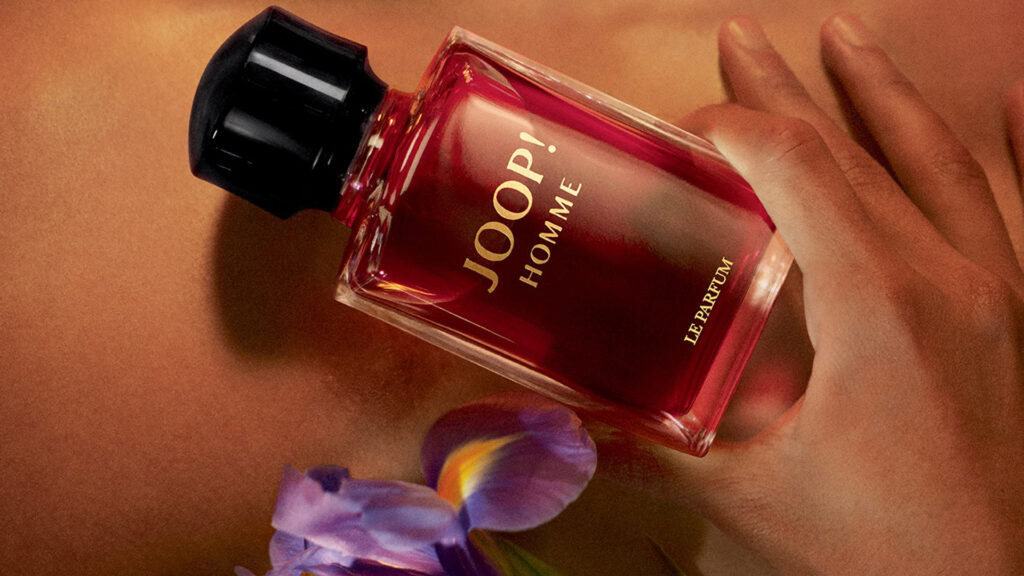Sweet Indulgence: The Role of Praline in Perfumery
Praline, with its rich, nutty sweetness and indulgent character, brings a luxurious and comforting touch to the world of perfumery. This confectionery delight, traditionally made from nuts and caramelized sugar, inspires a scent profile that is both warm and enticing. In perfumery, the essence of praline is captured and used to create fragrances that evoke a sense of indulgence and sophistication. Let’s explore how praline notes are crafted and utilized in perfumes, how they blend with other elements, and highlight some iconic fragrances that feature praline as a key component.
Crafting the Essence of Praline for Perfumery
Praline notes in perfumery are not directly extracted from the confection itself but are artfully recreated using a combination of natural and synthetic aroma compounds. The goal is to replicate the rich, nutty, and caramelized scent that defines praline.
- Synthetic Aromas: The core of the praline scent is often built around synthetic aroma chemicals like ethyl maltol, which provides a sweet, caramelized sugar note, and coumarin, which adds a warm, nutty depth. These synthetic ingredients are essential for capturing the rich, sweet essence of praline in a form that is stable and long-lasting in perfumes.
- Natural Ingredients: To enhance the authenticity of praline notes, perfumers may blend them with natural essences like vanilla, tonka bean, or even hazelnut extract. These ingredients contribute to the creamy, buttery, and slightly toasted aspects of the praline scent, making it more complex and true to life.
- Balancing Sweetness and Depth: The creation of praline notes in perfumery is all about balance. Too much sweetness can make the scent overly sugary and cloying, while too little can strip away the indulgent character that makes praline so appealing. Perfumers carefully adjust the balance of sweet, nutty, and creamy notes to create a harmonious and inviting fragrance profile.
The Art of Blending Praline in Perfumes
Praline notes are highly versatile, adding a rich, indulgent layer to a variety of fragrance compositions. Their warm, sweet, and nutty character allows them to blend seamlessly with different fragrance families, enhancing and complementing other notes.
- Gourmand Creations: Praline is a natural fit in gourmand perfumes, where its rich sweetness complements other edible notes like chocolate, vanilla, and caramel. This combination creates fragrances that are deliciously indulgent, often evoking the experience of savoring a decadent dessert. Thierry Mugler’s Angel is a quintessential example, where praline notes are paired with chocolate, caramel, and patchouli to create a rich, complex, and iconic gourmand scent.
- Floral and Sweet Accords: When blended with floral notes such as jasmine, rose, or orange blossom, praline adds a warm, sweet undertone that enhances the sensuality and depth of the flowers. This combination results in fragrances that are both romantic and luxurious, perfect for those who enjoy sweet yet sophisticated scents. Lancôme’s La Vie Est Belle uses praline notes to add richness to its floral heart, creating a fragrance that is both sweet and elegant.
- Woody and Spicy Blends: Praline notes can also bring warmth and depth to woody and spicy perfumes. When combined with notes like sandalwood, amber, or spices like cinnamon, praline introduces a sweet, nutty smoothness that balances the intensity of these notes, making the fragrance more rounded and approachable. Paco Rabanne’s Lady Million features praline alongside honey, patchouli, and citrus, creating a fragrance that is both bold and sweetly addictive.
- Oriental and Rich Compositions: In oriental perfumes, praline notes can soften the exotic and spicy elements, adding a creamy sweetness that complements the richness of resins, spices, and oud. The result is a fragrance that is warm, opulent, and inviting, perfect for evening wear or colder seasons. Yves Saint Laurent’s Black Opiumexemplifies this blend, where praline adds a gourmand touch to the rich, spicy base of coffee and vanilla.
Iconic Fragrances Featuring Praline
Several perfumes have become iconic for their use of praline notes, showcasing the versatility and luxurious appeal that this sweet, nutty scent can bring to a fragrance.
- Thierry Mugler Angel: One of the most famous gourmand perfumes, Angel is known for its rich, complex blend of praline, chocolate, caramel, and patchouli. The praline note adds a sweet, nutty richness that has made Angel a groundbreaking and influential fragrance in the world of perfumery.
- Lancôme La Vie Est Belle: This fragrance is celebrated for its sweet, floral composition, where praline plays a key role in adding depth and indulgence. The blend of praline with iris, jasmine, and orange blossom creates a scent that is both elegant and irresistibly sweet.
- Paco Rabanne Lady Million: In this bold and glamorous fragrance, praline adds a sweet, addictive quality to the mix of honey, patchouli, and citrus. The praline note helps to create a scent that is both opulent and playful, perfect for making a statement.
- Yves Saint Laurent Black Opium: This modern classic features praline as a key note, adding a gourmand twist to the rich, spicy base of coffee, vanilla, and white flowers. The praline note enhances the fragrance’s warmth and sensuality, making it a favorite for those who love sweet yet sophisticated perfumes.
A Sweet Indulgence in Perfumery
Praline brings a distinctive, luxurious sweetness to the world of perfumery, offering a scent that is both rich and comforting. Whether used to enhance gourmand, floral, woody, or oriental compositions, praline notes add warmth, depth, and a touch of indulgence to fragrances. Iconic scents like Thierry Mugler’s Angel, Lancôme’s La Vie Est Belle, and Yves Saint Laurent’s Black Opium demonstrate the enduring appeal of praline, proving that its place in perfumery is as delectable and timeless as the confection itself.
